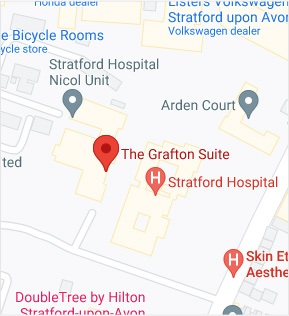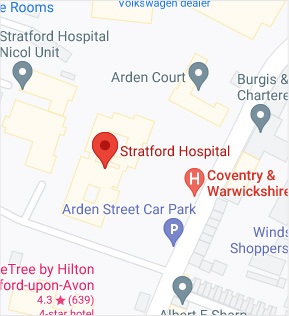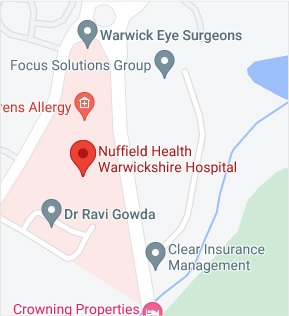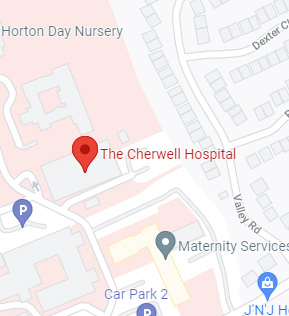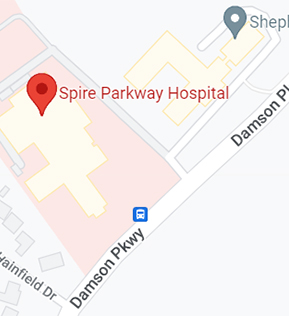What is Finger Dislocation?
Finger dislocation is a condition where the bones of your finger have moved away from its normal anatomical position.
Causes of Finger Dislocation
Dislocation can be caused by jamming or overextending the finger during sports activities or a fall on an outstretched hand.
Symptoms of Finger Dislocation
The symptoms of a dislocated finger include:
- Pain and difficulty in moving the finger
- Finger appears to be crooked and swollen
- A feeling of numbness or tingling
- Bruising to the area
Diagnosis of Finger Dislocation
Your doctor can diagnose a dislocated finger by a physical examination of your hand. Imaging tests such as X-rays will be ordered to confirm the diagnosis of dislocation.
Treatment for Finger Dislocation
Initially, you will be advised to remove any jewellery on the finger. You will be instructed to apply an ice pack and keep your hand in an elevated position to reduce swelling. Your doctor will realign your dislocated finger usually under local anaesthesia and apply a splint or buddy tape to the next finger for support. Your doctor may prescribe pain medications to reduce pain and swelling.
Volar Plate Injury
The volar plate is the strongest ligament in the hand. It joins the proximal and middle phalanx on the palm side of the joint and prevents the backward bending of the PIP joint (hyperextension). Volar plate injury is also referred to as a jammed finger or sprain. It occurs when the finger is hyperextended.
Symptoms of Volar Plate Injury
Some of the symptoms include:
- Pain immediately after the injury
- Swelling and deformity at the joint
- Bruising
- Loss of motion in the joint
The joint may be dislocated in severe cases.
Diagnosis of Volar Plate Injury
Volar plate injury is diagnosed with the help of a physical examination of the hand to check for any abnormalities by moving your fingers in different directions. Your doctor may also suggest imaging tests such as X-rays to find the exact location of the injury.
Treatment for Volar Plate Injury
Volar plate injury can be treated by immobilising your finger to allow it to heal. Buddy taping is the most common immobilising technique used in which the injured finger is taped to another good finger so that it is not hyperextended or moved side to side. The good finger acts as a splint. You may also be given pain medications to reduce discomfort. Once your fingers heal, you will be advised to perform a range of motion and gentle exercises.


 REQUEST AN APPOINTMENT
REQUEST AN APPOINTMENT



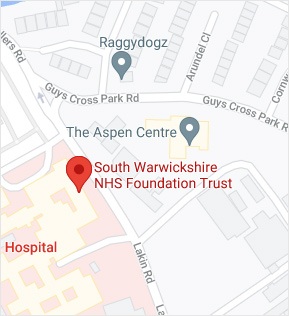
 Ext 4798
Ext 4798